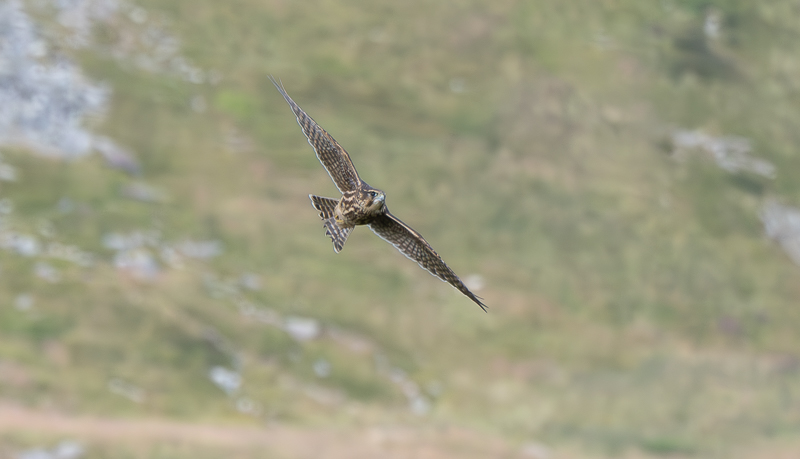February and early March saw farmers protesting all over Wales. The object of their hatred was the Welsh Government’s proposed Sustainable Farming Scheme, as a result of which, to benefit from further public subsidies, farmers would be required to set aside a certain percentage of their land for woodland and wildlife habitat. Our local newspaper – the Cambrian News – carried numerous articles, editorials, and letters which were uncritically supportive of the protestors. There was at no attempt at any stage to explain why the subsidy system needs reform. I thought it was about time the full picture was made clearer. This was my letter :
Over much of Wales farming is completely unviable financially and without subsidies it would naturally come to an end. The last few decades have seen massive amounts of public money being poured into agriculture in Wales to enable farmers to keep farming. Not that long ago Ceredigion was a patchwork of mixed farms which supported a wild variety of wildlife. Since then the intensification of farming systems has, often inadvertently, led to much of our farmland becoming inhospitable to wildlife. Biodiversity on farmland has plummeted, and in many cases disappeared altogether. Water quality in some of our rivers is, frankly, disgraceful, partly due to run-off from agricultural land.
The Well-being of Future Generations Act (Wales) 2015 commits the Welsh Government to reversing the decline of biodiversity on farmland by 2030. In the wider UK Michael Gove first coined the phrase “public goods for public money”. The Agriculture Bill (Wales) 2023 introduced the idea of ‘sustainable land management’ into Welsh law. The SFS is the Welsh Government’s attempt to put these ideas into practice. The recent consultation round was the third and final one. Following the first two a “co-design” process took place at which farmers were closely involved, and the Welsh Government published a 65 page report in September 2021. It is available online for anyone to read. To suggest that in any way the SFS is undemocratic is very wide of the mark.
The requirement for 10% of the land to be planted with trees appears to be an attempt to offset carbon emissions while at the same time – if the right species are planted – adding much needed woodland habitat. Many farms will already contain hedgerow trees, shelterbelts and actual woodland which would count towards that target. Other measures in the scheme are designed to restore nature on farmland, or maintain it if it still exists. It may not need any particular action by the landowner to comply. But fulfilling these requirements (and others) would be needed in return for continued support from the public purse.
Whether this scheme in its current form is the right way to do it, I’m not sure. Whether the funding will be available to make it a success is another unknown. But we should support the Welsh Government in their attempt to balance food production, carbon sequestration and nature recovery on Welsh farmland. And the least the media can do is to report all sides of the argument.
What I didn’t say in the letter (but did in my consultation response) was that whenever any change is proposed which might benefit wildlife on farmland , the farming unions react with horror and outrage. Two other recent examples come to mind. Firstly the possible re-introduction of beavers to Welsh rivers. Any number of “consultations” have taken place but Natural Resources Wales has never approved it. Despite this beavers seem to be finding their way here somehow, though. Secondly, the very ambitious “Summit to Sea” project which foundered following hysterical and misleading objections from some farmers and their Unions (see this post). This project is still progressing under a new name in a very diluted form with the RSPB at the helm.
Many of us, the public, politicians and the media alike, still seem to believe that farmers can do as they like in our shared landscapes while continuing to be funded by the public purse. It really is time that this particular gravy train came to an end.
To read more “Tales from Wild Wales” as they are published, please click the Follow button
